Índice
A gastroscopia e a endoscopia superior son procedementos de diagnóstico esenciais que se empregan nos hospitais para examinar o tracto dixestivo superior con mínima invasividade. Aínda que os termos se usan a miúdo indistintamente, as súas aplicacións, alcance e contextos clínicos poden variar. Nos entornos sanitarios profesionais, comprender as diferenzas e coincidencias entre a gastroscopia e a endoscopia superior axuda a tomar mellores decisións na adquisición de equipos e na planificación de procedementos.
UnhaQue é unha endoscopia superiorO procedemento, anteriormente chamado esofagogastroduodenoscopia (EGD), é un exame minimamente invasivo do esófago, o estómago e o duodeno mediante un endoscopio flexible. Permite a visualización directa da mucosa, a biopsia en tempo real, o control da hemorraxia, a dilatación das estenoses e a colocación de stents baixo imaxes de alta definición. As plataformas modernas poden engadir imaxes de banda estreita e outras melloras para optimizar a detección precoz da displasia ou do esófago de Barrett. Desde a perspectiva da adquisición dun hospital, a selección dos sistemas de endoscopia superior implica avaliar a calidade da imaxe, a ergonomía, a compatibilidade do reprocesamento, os fluxos de traballo de accesorios desbotables fronte aos reutilizables e a conectividade co software de informes para optimizar o custo do ciclo de vida e o rendemento clínico.
Que é unha gastroscopia?céntrase na avaliación endoscópica do estómago (a miúdo estendéndose ao esófago e ao duodeno) para avaliar afeccións como a gastrite, as úlceras e o cancro gástrico precoz. Durante a gastroscopia, os médicos poden realizar biopsias específicas, probas de Helicobacter pylori e terapia localizada na mesma sesión. As solucións de gastroscopia máis novas admiten a limpeza de lentes con chorro de auga, o acceso asistido por tapa e as vaíñas desbotables opcionais para reforzar o control de infeccións. Para os hospitais, a avaliación do conxunto de equipos de gastroscopia inclúe a verificación da precisión diagnóstica, a comodidade do operador, a expansión modular para a evolución das indicacións, a eficiencia do reprocesamento e a cobertura do servizo, con sistemas híbridos que permiten compoñentes intercambiables para equilibrar o rendemento e o valor a longo prazo.
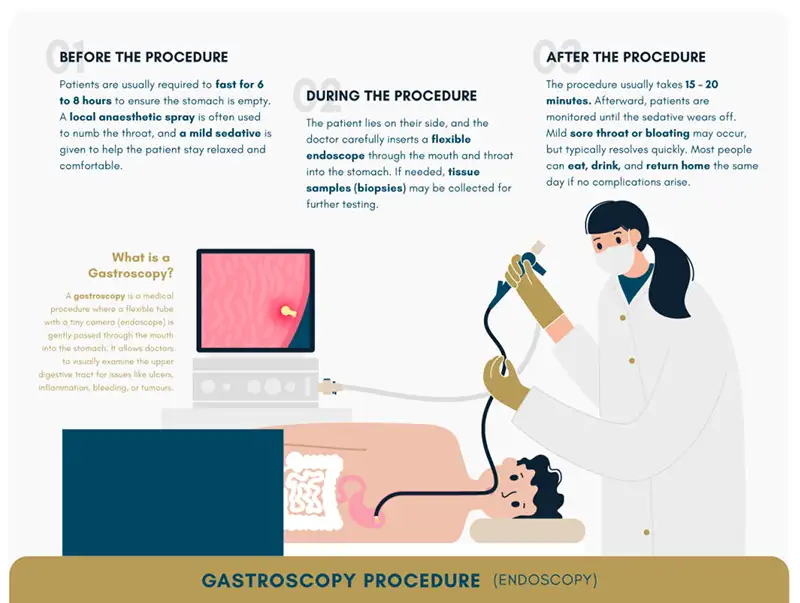
Nos hospitais, as comparacións entre gastroscopia e endoscopia superior adoitan basearse no alcance anatómico, a intención do procedemento e as configuracións do dispositivo. A gastroscopia normalmente refírese ao exame do esófago, o estómago e o duodeno mediante unendoscopio flexibleA endoscopia superior, aínda que ten equipamento similar, é un termo máis amplo que abrangue intervencións diagnósticas e terapéuticas na mesma rexión anatómica e que ás veces se estende lixeiramente máis alá. Para a adquisición hospitalaria, a elección entre as dúas adoita depender da combinación de casos do departamento e das capacidades terapéuticas requiridas.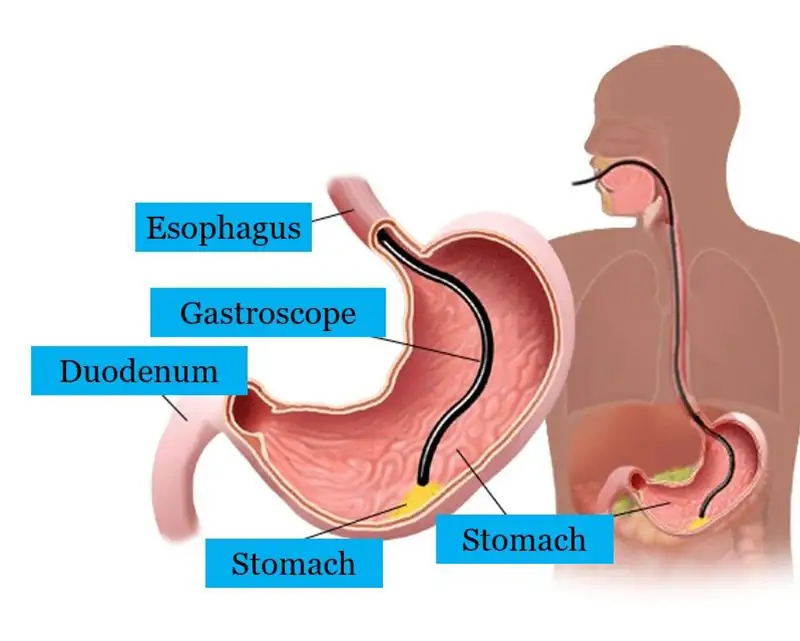
As avaliacións da endoscopia superior fronte á gastroscopia céntranse na versatilidade do equipo e nos tipos de afeccións tratadas. Ambas poden detectar úlceras, inflamación, fontes de hemorraxia e crecementos anormais. Non obstante, a endoscopia superior úsase con frecuencia como termo en contextos multidisciplinares, como cando se integra con procedementos de otorrinolaringoloxía ou endoscopia respiratoria en instalacións compartidas. Pola contra, a gastroscopia menciónase con máis frecuencia en unidades específicas de gastroenteroloxía.
Complicacións do refluxo gastroesofáxico
Úlceras ou erosións gástricas
Patoloxía duodenal
Recollida de biopsias para histopatoloxía
Recuperación de corpos estraños no tracto gastrointestinal superior
Os hospitais e distribuidores que avalíen os equipos de gastroscopia fronte aos de endoscopia superior deben ter en conta a flexibilidade do dispositivo, a resolución da imaxe e a compatibilidade cos sistemas de esterilización. Algúns sistemas están optimizados para un despregamento rápido en situacións de emerxencia, mentres que outros están adaptados a clínicas de diagnóstico de alto volume. Os equipos de compras tamén poden priorizar sistemas modulares que se poidan usar para ambos contextos terminolóxicos sen duplicación de investimento de capital.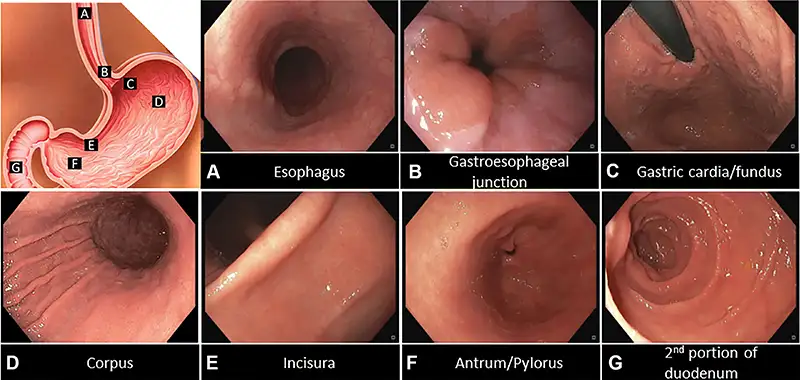
Ao decidir entre dispositivos etiquetados para endoscopia superior e gastroscopia, os hospitais adoitan avaliar:
Diámetro e lonxitude do tubo de inserción para a comodidade e o alcance do paciente
Sistemas de imaxe de alta definición para unha mellor claridade visual
Canles integradas para succión, irrigación e paso de instrumentos
Deseño ergonómico para reducir a fatiga do operador durante longas listas de procedementos
Nos grandes hospitais, a elección entre o equipo de gastroscopia e o de endoscopia superior tamén pode afectar os horarios de formación e a integración do fluxo de traballo. Unha única plataforma versátil pode simplificar o uso interespecializado, mentres que as unidades de gastroscopia especializadas poden ofrecer unha funcionalidade dedicada á gastroenteroloxía. Os distribuidores que traballan cos equipos de compras adoitan proporcionar módulos de formación para garantir que o persoal sexa competente tanto nas aplicacións diagnósticas como nas terapéuticas.
A gastroscopia destaca no exame específico do estómago e as estruturas adxacentes. Permite aos gastroenterólogos realizar biopsias, extirpar pólipos e tratar lesións hemorráxicas dentro do revestimento do estómago. Na adquisición B2B, os sistemas de gastroscopia adoitan seleccionarse para departamentos de gastroenteroloxía que realizan grandes volumes destas intervencións específicas.
Aplicacións clínicas da endoscopia superior en departamentos multidisciplinares
A endoscopia superior ofrece as mesmas capacidades básicas que a gastroscopia, pero cunha descrición procedimental máis ampla. Isto é especialmente útil en hospitais onde o mesmo dispositivo pode empregarse tanto para procedementos de gastroenteroloxía como de otorrinolaringoloxía. Para a súa adquisición, o equipo de endoscopia superior pode posicionarse como un activo versátil en múltiples liñas de servizos clínicos.
Os administradores e cirurxiáns hospitalarios poden diferenciar a gastroscopia da endoscopia superior principalmente en termos de codificación de procedementos, patróns de derivación de pacientes e asignación de equipamento departamental. Nos centros con unidades especializadas, os sistemas de gastroscopia poden reservarse para as salas de gastroenteroloxía, mentres que o equipamento de endoscopia superior compártese entre os departamentos.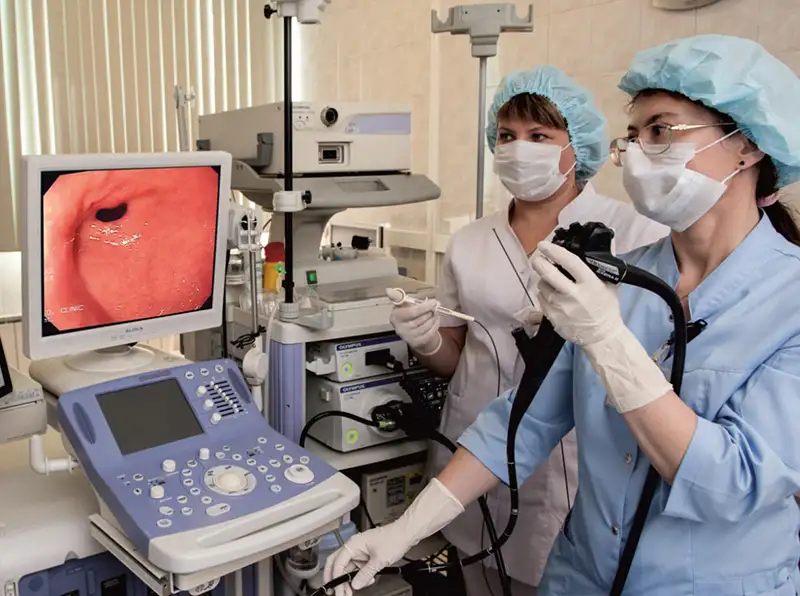
Os sistemas hospitalarios modernos integran imaxes de alta definición tanto de gastroscopia como de endoscopia superior en rexistros médicos electrónicos. Os equipos que admiten a transferencia de datos, a captura de vídeo e a consulta remota sen fisuras poden engadir valor aos equipos de adquisición, especialmente en grandes redes sanitarias.
Diagnóstico máis rápido mediante a revisión de imaxes en tempo real
Formatos de informes estandarizados entre os departamentos
Arquivo de imaxes para a monitorización de pacientes a longo prazo
Discusións de casos multidisciplinares máis sinxelas
Na decisión de adquisición de gastroscopia fronte a endoscopia superior, o servizo posvenda é tan importante como o custo de compra inicial. Os hospitais benefícianse de provedores que ofrecen mantemento preventivo, substitución rápida de pezas e formación para o persoal biomédico interno. Unha construción duradeira e unha fácil compatibilidade de reprocesamento reducen o tempo de inactividade e melloran o valor a longo prazo.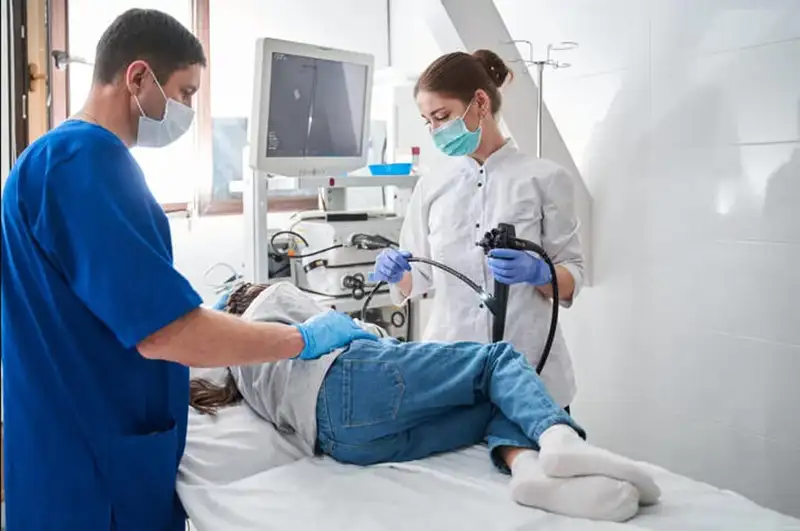
Para redes e distribuidores hospitalarios globais, endoscopia superior vs.equipamento de gastroscopiadeben cumprir con múltiples marcos regulamentarios. Os dispositivos que cumpren as normas ISO e das autoridades sanitarias locais permiten unha adquisición e un despregamento transfronteirizo máis fluídos. Este cumprimento tamén tranquiliza os administradores hospitalarios en canto á calidade e a seguridade.
Entre as tendencias emerxentes inclúense a detección de lesións asistida por IA, os endoscopios ultrafinos para unha maior comodidade do paciente e as capacidades terapéuticas avanzadas dentro do mesmo dispositivo. Os hospitais poden buscar cada vez máis equipos que pechen a brecha entre a gastroscopia e a endoscopia superior, ofrecendo a máxima versatilidade procedimental.
Tanto os sistemas de gastroscopia como os de endoscopia superior desempeñan papeis vitais no diagnóstico hospitalario e no tratamento de afeccións gastrointestinais superiores. Aínda que a terminoloxía difire, a tecnoloxía subxacente adoita coincidir e os equipos de adquisicións deben avaliar as características, a durabilidade e o soporte técnico de acordo coas necesidades institucionais. Para solucións avanzadas de gastroscopia e endoscopia superior adaptadas ás aplicacións hospitalarias, XBX ofrece equipos deseñados para entornos sanitarios profesionais.
Os hospitais deberían examinar a resolución de imaxes, o diámetro do tubo de inserción, o tamaño do canal de traballo e a compatibilidade cos sistemas de esterilización existentes.
Os sistemas de endoscopia superior adoitan ser máis versátiles, o que permite o seu uso en gastroenteroloxía e outras especialidades, mentres que os sistemas de gastroscopia céntranse en procedementos gastrointestinais específicos.
As asas de control ergonómicas, a capacidade de reprocesamento rápido e a construción duradeira melloran o rendemento en sesións diagnósticas e terapéuticas de alto volume.
A gastroscopia ofrece un enfoque especializado para o estómago e o duodeno, o que permite intervencións diagnósticas e terapéuticas precisas en áreas específicas.
Os sistemas modulares permiten o uso entre procedementos, reducen a duplicación de equipos e simplifican o mantemento e a formación entre departamentos.
Entre os accesorios que se solicitan habitualmente inclúense pinzas de biopsia, cepillos de citoloxía, agullas de inxección e dispositivos terapéuticos compatibles co canal de traballo do endoscopio.
Os dispositivos deben ser compatibles coas unidades de reprocesamento do hospital, resistentes ao desgaste dos desinfectantes e fáciles de desmontar para a súa limpeza.
Dereitos de autor © 2025. Geekvalue. Todos os dereitos reservados.Soporte técnico: TiaoQingCMS